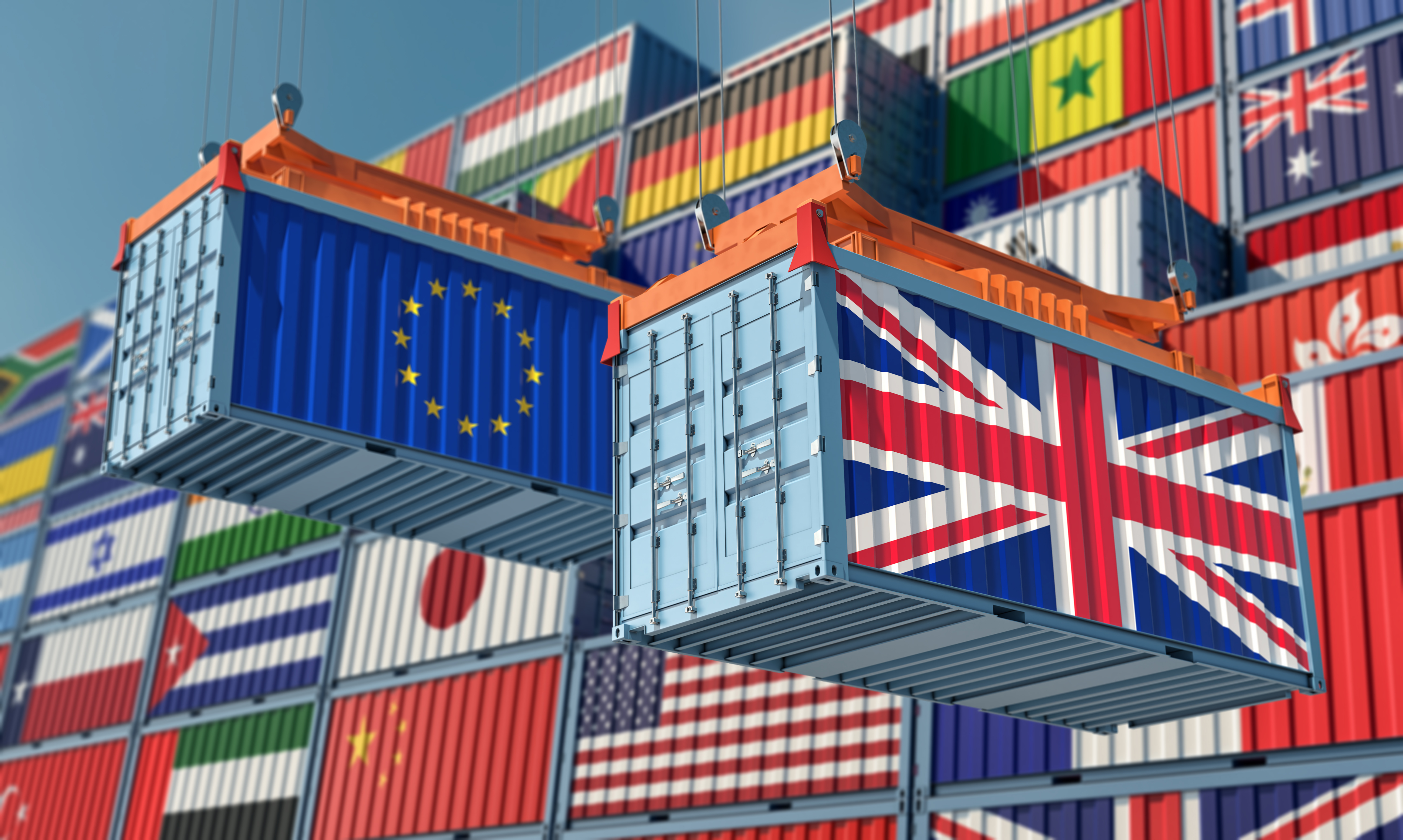Swissquote: Uneasy ground

By Ipek Ozkardeskaya, Senior Analyst, Swissquote
Trade worries resurfaced yesterday — yes, resurfaced instead of easing — after reports that the Trump administration is considering new restrictions on software exports to China.
Are we surprised? Not really. These on-and-off headlines have been circulating for nearly a year, repeatedly injecting short-term anxiety into the markets. That’s exactly what happened yesterday: major US indices retreated, led by technology names. Headlines could turn better anytime, or worsen.
Netflix’s 10% plunge following disappointing quarterly results didn’t help sentiment. Still, since Netflix isn’t an AI play, its earnings story remains fairly isolated and shouldn’t impact broader appetite for AI-related stocks — the key driver behind the US market’s rally.
Elsewhere in earnings, Tesla missed expectations despite record sales. The record, however, was largely due to buyers rushing to purchase EVs before the end of federal subsidies — a one-off jump unlikely to prevent Tesla from posting a second consecutive annual sales decline. Profits plunged as operating expenses rose by roughly 50%, partly due to higher costs linked to renewed trade duties, estimated at around $400 million.
While Musk continues to shift focus toward AI, humanoid robots and robotaxis, those ventures won’t offset the decline in EV revenues anytime soon. And this time, unlike the previous earnings announcements, investors weren’t entirely convinced by the latest pitch, and Tesla shares dropped 3.8% in after-hours trading.
Looking at the chart, Tesla has been on a wild ride since the elections. The EV business has been under pressure for over a year and is far from delivering the 50% annual growth Musk once promised. After last year’s US elections and Musk’s alignment with Trump, the stock rose — but when that relationship cooled, it fell again.
Despite a recent rebound, Tesla’s valuation remains lofty: its P/E ratio is above 300, versus around 33 for the Magnificent 7. For Tesla to justify that premium, it needs tangible progress in robotaxis, robotics and AI — but the “Musk risk” makes it a very different bet from other tech giants.
The good news is that neither Tesla nor Netflix meaningfully shifts the broader AI-driven narrative that continues to steer the major US indices. Futures point to a modest rebound this morning, suggesting sentiment remains intact despite lingering trade, geopolitical and credit risks.
Turning to geopolitics, the EU has approved its 19th sanctions package against Russia, while the US announced new sanctions on Rosneft and Lukoil — two Russian oil giants — pushing US crude prices back above $60 per barrel this morning.
Such geopolitical headlines tend to generate short-term price moves, and tactical long positions may encounter resistance near $62–62.50, where the 23.6% Fibonacci retracement of the June–October selloff and the 50-DMA converge. The medium-term outlook for oil remains somewhat bearish given uncertain global demand and abundant supply.
Upcoming Federal Reserve (Fed) rate cuts and a softer US dollar should, in theory, help establish a floor under oil prices, alongside rising energy needs tied to AI and data infrastructure. Yet, oil bulls have struggled to gain traction on these arguments, and speculative long positions are retreating. Any recovery is therefore likely to remain short-lived, with the medium-term bias staying bearish below the $65 level — the 38.2% Fibonacci retracement of the summer decline.
On credit, concerns about bad loans that surfaced last week have eased, as several US regional banks reported no new cases in their quarterly updates. That’s a relief, but the recent stress serves as a reminder that credit conditions remain fragile. PrimaLend Capital Partners — a subprime auto lender that finances buy-here-pay-here car dealerships — filed for bankruptcy. The case underscores growing strain among low-income US consumers, who are falling behind on car payments at the highest rate in decades.
The bottom line is that we know the stock market’s performance doesn’t fully reflect the underlying US economy (if any at all). Growth remains heavily supported by massive AI investment, while the labour market is weakening. Things could get worse before they improve, with many federal employees expected to miss paychecks next month amid a government shutdown that’s now on track to become the second longest in history.
These conditions are clearly paving the way for Fed intervention — provided inflation doesn’t reaccelerate. We’ll get more clarity on that front Friday, but the US 2-year yield, which best captures rate expectations, suggests investors are pricing in at least two rate cuts over the next two Fed meetings — a setup that, in itself, remains supportive of risk appetite.
